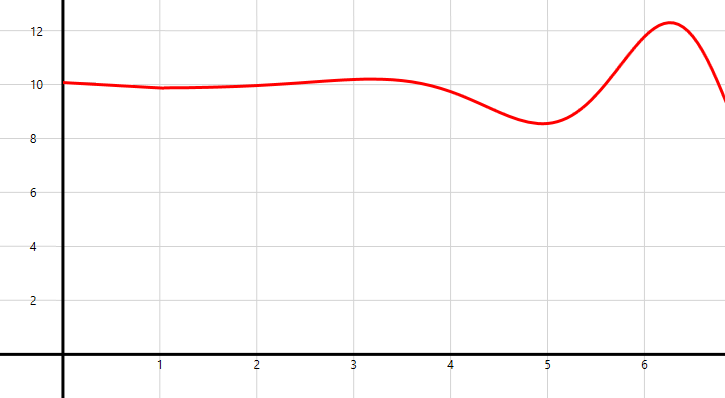Stress
Stress has a negative image. It’s generally seen as a bad thing and something to be avoided, but stress is how we improve. The first time we try something completely new, we cannot expect to be good or even competent, yet that act of starting is the first step toward becoming an expert. The two key decisions to consider are what level you start at and the pace of your progression.
Starting something new should begin at the bottom, the entry level, the easiest. If all signs point toward this being manageable, then increase the difficulty. Taking smalls steps and measuring progress, you will soon arrive at something that is difficult, that does cause you to fail. Failure is not to be avoided or scared of, it shows that you’ve found a limit and you need to push against it. The size of steps now need to be small enough to allow full recovery.
Training is no different to any other discipline. You don’t become an expert at public speaking by first booking the Usher Hall. Start by practising speaking to just yourself, then one person you know and trust, then a small group, then strangers etc. You don’t master juggling by picking up 6 balls to begin with. You start learning to throw one in a perfect arc.
There are different types of fitness (more on that later), and for reasons that will also be explained later, my recommendation is to focus predominantly on strength training – especially if this is unfamiliar territory. When you begin this, begin with light weights which you find trivial. Establishing the routine and good technique is the most important thing in the beginning, not trying to lift at your limit.
The training (structured exercise) which was introduced in the previous post will produce the rules of how you progress from one session to the next, and the measurements you make will help you establish if you are ready to progress. This combination of training and measuring is implicitly finding a healthy level of stress. An amount of stress that you not only cope with, but thrive from.

Consider the above graph representing your strength for a certain activity over time (days). If your baseline activity – your daily routine – stays constant, so will your physical attributes. Days 1, 2, 3 are all the same and your strength stays constant. On Day 4 though, you do something excessive and out of the ordinary. The day after you’re sore, suffering from something called DOMS: delayed onset muscle soreness. You take it easy this day, but if you didn’t you’d find your ability in this regard is reduced. You need to recover from the stress of the previous day and as such, your body cannot respond as well as it did just 24 hours ago.
A day or so later, however, and a minor miracle has happened. Your body has recovered from your exertion and is responding stronger than before. This is the benefit of stress. There is a big downside though.
Just as milk has a shorter shelf life than cheese, so do the effects of the bump in strength training compared with other types of fitness. To get any benefits, this bonus must be compounded and built upon or it will be lost. Consider going for a run around your block that takes 5 minutes. To help improve your health, you do this at the end of every day: run around your block at the same speed for 5 minutes. After one week, you’ve lost a little weight; your resting heart rate has a lower bpm. If you were to continue doing this for a further month, what do you think would happen to your weight and heart rate? The perhaps surprising answer is that it would remain exactly the same.
Without change, everything reverts to the mean. Your daily jog around the block at the same speed, for the same time becomes the new normal. Thus it is with stress, the temporary bonus in strength goes back to the same level it was before. This is the root difference between exercise and training. You can go to a gym, run on the street, or do planks in your hall for 30 minutes: it’s all exercise. Training on the other hand builds in progression – it uses that temporary surge after stress to demand a tougher workout where you lift heavier amounts.

By riding the peaks after your exertion and recovery, you can chain together small improvements to become noticeable, tangible ones over time i.e. “gainz” (don’t worry, there will be no Bro Culture in these essays).
To summarise today’s lesson:
- Stress can be good if you stress your body to just the right degree – your body bounces back stronger
- You can exert the same stress on your body a hundred times in a row and see no benefit beyond what you saw from the first time
- Fitness comes from training: progressive exercise which recognises the body’s ability to recover from greater stress. Chaining these events together is the cornerstone of becoming fit
The final point is the key one. There will always be reasons for missing a training session whether it’s a birthday, holiday, reunion, illness or some other unexpected break from routine – that’s no big deal. Ultimately, fitness doesn’t care about the complexities of your life or whether you want a break from training. If you stop training for weeks or months at a time, you will revert to the mean, back to being unfit. Like I said earlier, this commitment is a lifelong one.